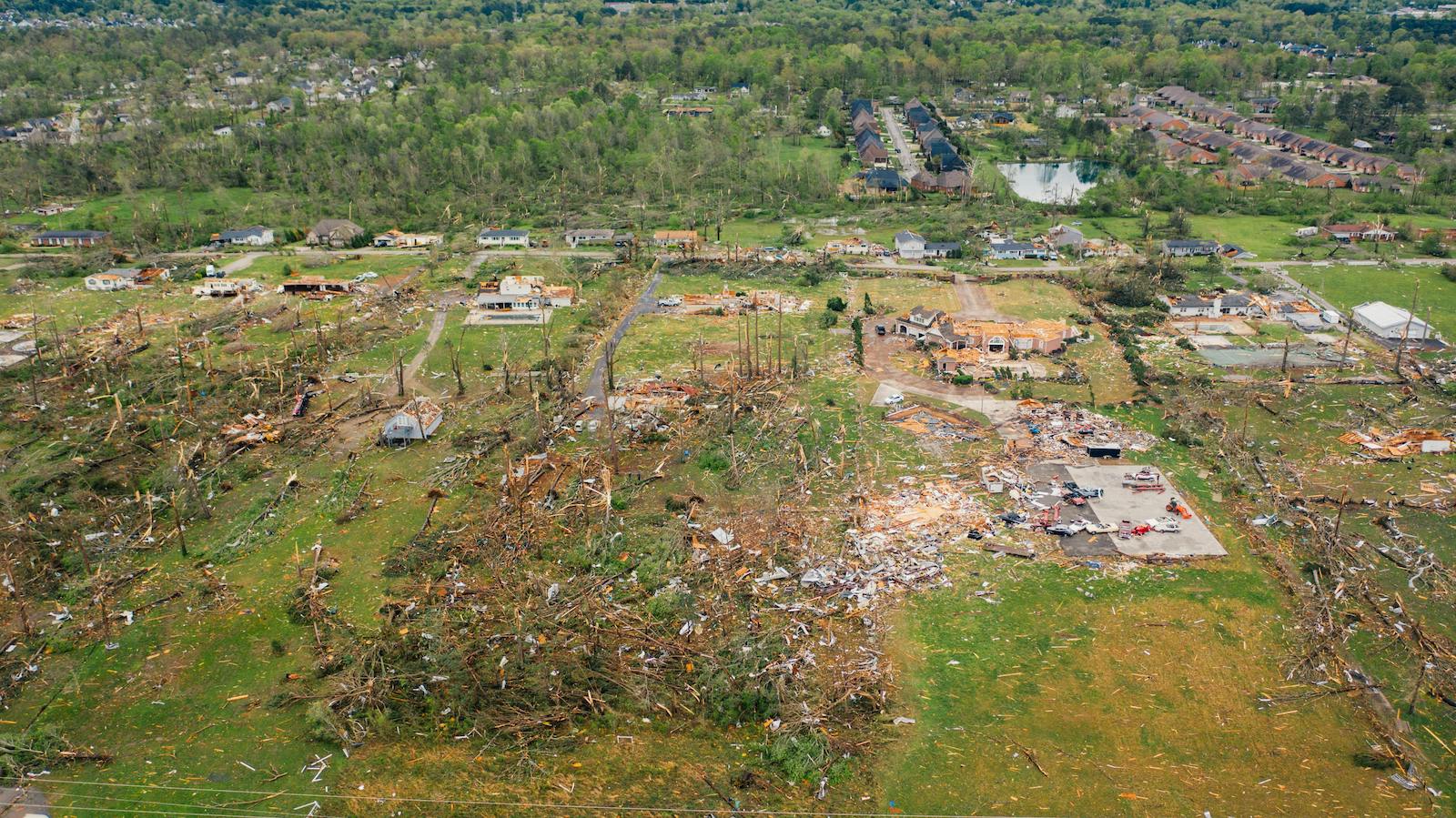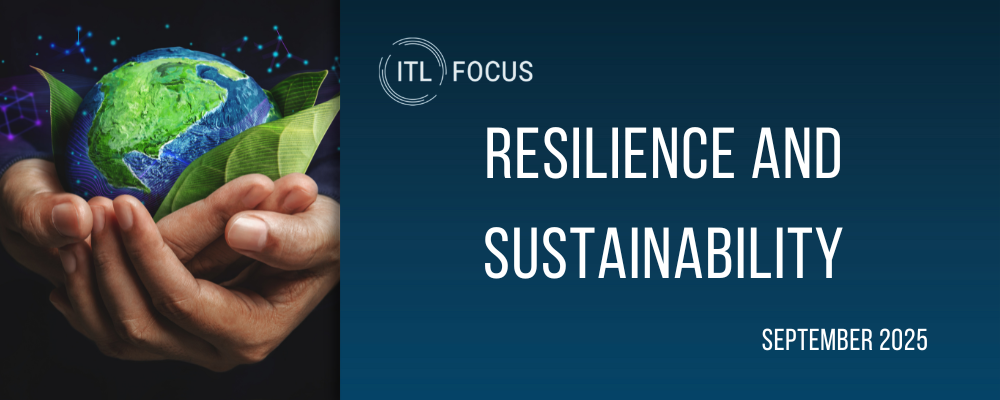Earlier this year, the Intergovernmental Panel on Climate Change (IPCC) concluded in its Sixth Assessment Report that "global surface temperature will continue to increase until at least the mid-century under all emissions scenarios considered."
The more global warming we experience, the greater the changes to the climate system. These changes include increases in frequency and severity of heat waves, heavy rainfall, droughts, intense tropical cyclones and sea level rise. Many changes are now irreversible for centuries to millennia.
The effects of these changes are being felt across every region of the world and across all economic sectors, with the IPCC report revealing that approximately 3.3 billion to 3.6 billion people already live in “contexts that are highly vulnerable to climate change.” In the past two decades, the U.S. alone has endured over 250 weather and climate disasters, with cumulative costs of over $1.6 trillion.
However, impacts of climate change are not uniformly distributed across society; they disproportionately affect the poor and marginalized groups. With at least 3.3 billion people living in situations that are highly vulnerable to climate change, according to the IPCC report, designing infrastructure to ensure that it remains resilient in the face of climate change is becoming increasingly urgent.
According to the Global Infrastructure Hub, there is also a projected $15 trillion shortfall in global infrastructure investment by 2040, while an estimated 75% of the infrastructure needed worldwide by 2050 is still to be built, much of it in emerging economies.
Preparing for a changing climate
Because infrastructure assets often have a long lifetime (50 years or more), high up-front costs and limited flexibility, understanding physical climate risks (PCRs) and embedding resilience from the outset is critical to ensuring assets meet their objectives in terms of serviceability, financial return and social outcomes.
Until now, there has not been a uniform approach to appraising infrastructure assets against climate risk. This is mainly because most asset owners lack the right tools and are unsure how to accurately quantify risk, adapt assets to risk and prioritize investment in critical infrastructure that is more resilient.
The Coalition for Climate Resilient Investment (CCRI) aims to meet this challenge head-on with the launch of market-first methodology that pulls together best practices from asset management, engineering, finance and climate resilience sectors, providing infrastructure asset developers, investors and regulators with a robust, step-by-step process that quantifies the impact of PCRs on asset performance.
Recently launched by CCRI and led by CCRI member Mott MacDonald, the Physical Climate Risk Assessment Methodology (PCRAM) allows asset managers and owners to make informed decisions - from asset design and through the whole life cycle of the project - on how best to adapt new and existing infrastructure assets to reduce the material impacts of extreme weather events.
See also: Time to Move Climate Risk Center-Stage
Vulnerability of climate-blind assets
Infrastructure projects have always faced serious challenges in design, delivery and operation, and climate change only exacerbates the risk. When it comes to PCRs, there has been lack of a structured, forward-looking approach to risk management across all stages of the value chain and the project lifecycle. Decisions made in regard to asset delivery and management, especially in the design and procurement phases, are rarely informed by climate projections and a robust understanding of future PCRs.
Currently, insufficient attention is paid to the potential value destruction in the long term, as well as inefficient recognition or reward of associated improvements. This should not be the case, as integrating climate risk assessment to adapt infrastructure assets from the outset, including through adjustments to operations, can lead to both significant reductions in the costs of climate adaptation measures later on and improvement in the quality of revenue streams.
Mott MacDonald tested the methodology on five real-world infrastructure assets, including a nearshore wind farm in East Asia and a hydropower plant in Africa, with each case delivering a "resilience dividend."
Until now, the private sector has not had the right tools to make decisions that optimize costs throughout an asset life while incorporating climate risk mitigation. The cost-benefit analysis of implementing resilience measures for these assets clearly demonstrates the significant medium- to long-term benefits from investing in resilience compared with the cost of not implementing such measures. Put simply, PCRAM presents a compelling business case for resilient investment, unlocking the finance needed to protect vulnerable communities from the impacts of climate change.







